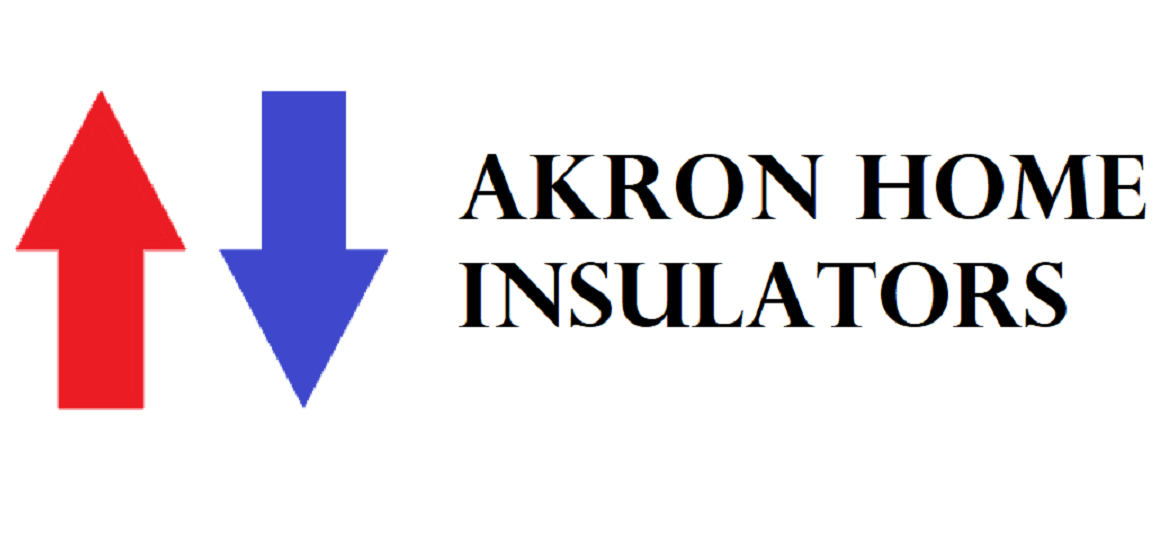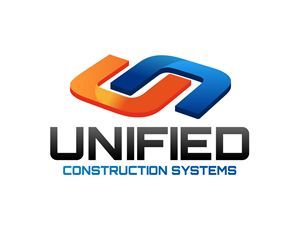Keep the weather outside this year...where it belongs
High-quality Basement Insulation options for Akron, OH
Save energy by insulating your Ohio Basement
Our wonderful State of Ohio and City of Akron have some brutally cold winters, wind drifts, and lake effect snow and with temperatures below zero, that cold creeps into homes through the brick and concrete of basements. The basement can account for 20% of a homes heat loss. Failing or no insulation in the basement will cause cold upper floors and drafts, avoid the cold by air sealing and insulating your walls with basement insulation from Akron Home Insulators. Give us a call or send us a message anytime to start a conversation about your basement insulation options.
Basement insulation is usually in contact with the stone foundation of the home and because of this, it requires a vapor barrier. Stone, concrete, and cinder blocks absorb water (some types up to 10% by mass), especially when below the ground level of a home. Concrete and cinder blocks below ground always have moisture present inside of them, no matter how dry your basement may be.
Insulation can mold when in contact with moisture or water, so special care needs to be taken to also install a vapor barrier when installing insulation that will be in contact with these materials.
A vapor barrier can be made from many different materials but are commonly found in plastic, metallic, or paper variants. These are placed either between the stone wall and the insulation or on the inward facing surface, to protect it from moisture and allow the basement insulation to do its job, effectively trapping heat inside the home and keeping the cold weather outside.
Whether your basement is finished or unfinished, we can insulate it! Several types of insulation are able to be used in existing walls, added right the inside of them via small holes that we drill into the drywall.
Our teams of Ohio insulation experts will take into account the finished or unfinished state of your basement, vapor barrier requirements, and the materials best suited for the home and budget to create a custom insulation plan that best suits your family's unique needs.
Call today
or
message
us at any time to get in touch with a local Akron representative who will explain the energy savings, best insulation solutions, and change your home life forever for the better.
Insulate my Basement!
Basement insulation options include
Spray Foam Insulation - We have a whole page on spray foam here that full of helpful information!
Spray foam is our specialty because of all the extra benefits it provides both for and beyond insulation. It is the best, hands down, and once we find an insulation better than spray foam, we will specialize in that!
It is excellent for Akron basements because closed cell spray foam can be used before or after drywall is applied, meaning whether you're finishing your basement or its already done and needs an update, spray foam is a choice insulation. It offers high R-value, is able to insulate and air seal small spaces or large.
Closed cell can enhance structural integrity of the building. Open cell provides sound proofing abilities and therefore is often used for offices, music rooms and home theater rooms. It is a superb air barrier completely
stopping air leaks, is
very long lasting and more expensive than other insulation types.
Open Cell spray foam - Greatly expands up to 3 inches and remains flexible after application, uses water or carbon dioxide for propulsion, excellent air and sound barrier, additional vapor barrier required for contact with outer walls. Lasts around 80 years, more affordable than closed cell.
Closed Cell spray foam - Expands slightly to about 1 inch and dries to a hard layer with air pockets completely sealed and densely packed. Material is so rigid that it provides additional support and integrity for the home or building. Long lasting lifetime of 100 years, more expensive than other alternatives, but provides additional benefits that others do not. Excellent air, water, and moisture protection.
Blown in
Blown-in, or Loose-fill insulation is designed for existing or new walls making it an excellent option for unfinished or finished basements. It adds protection by blowing loose materials that compact appropriately and trap heat into small holes drilled in siding or drywall.
Blown-in varieties include fireproof (designed for apartment buildings), pest resistant (an excellent option to prevent infestations), and noise dampening (for those who enjoy peace and quiet). Some types offer all three varieties in one insulation for a slight increase in price.
- Cellulose - Eco-friendly insulation option created from recycled wood, paper or cardboard, treated against pests and mold growth and ideal for conforming around structures inside walls. Moisture exposure will compact cellulose and reduce thermal resistance. Higher price compared to fiberglass fill.
- Loose Fill Fiberglass - Most affordable blown in insulation, does not provide pest control, avoid contact with skin as fiberglass is an irritant
- Mineral Wool - This insulation is considered renewable because it is made from slag, a byproduct of melting metal and stone. Highly resistant to fire, pests, and considered waterproof because of its ability to drain instead of absorbing. Long lasting (50+ years), inorganic, insulation made from super-heated rocks that are spun together like cotton candy on an industrial scale. More expensive than other loose fill options.
Fiberglass Blanket Batts
Fiberglass batts were designed (in Akron, by Owens Corning!) to be used for as insulation in walls, and drop ceilings, and is great for filling gaps to avoid drafts. Fiberglass comes in a variety of thicknesses from 1 to 12 inches and is pre-cut for width to fit between studs. Fiberglass insulation has wonderful soundproofing abilities perfectly suited for the aspiring musician's music room or home theater room. Must be installed before drywall is applied.
**There is some debate on whether fiberglass should be used in basements because of moisture concerns however with the proper vapor barriers installed, fiberglass is an excellent insulation for basement walls.**
- Faced Insulation - Contains a paper liner that acts as a barrier against moisture on one side, used in spaces where moisture can creep into homes such as outward facing basement walls.
- Rolled Insulation - Comes in large faced or unfaced rolls, excellent value for covering large areas and can be cut to the required length
- Pre-Cut - These come in large sheets, faced or unfaced, cut to industry standard ready for placement into basements, attics
Rigid Foam Boards
Excellent for use in basements or when in contact with masonry, holds up well against moisture, can be used above or below ground level. Good for use in flooring, walls or ceilings, thin material that withstands compression well. Highly affordable option.
- Polystyrene (XPS) - Low priced, does not absorb moisture and highly compressible, often used in flooring, garages, and for sound dampening
- Polyisocyanurate - Has the highest R-value for the least thickness, contains a moisture resistant core, loses thermal resistance over time (30 years) because it exchanges internal blowing agents for normal air.


